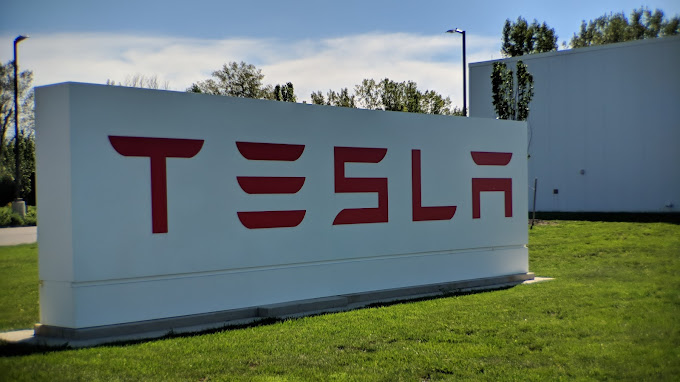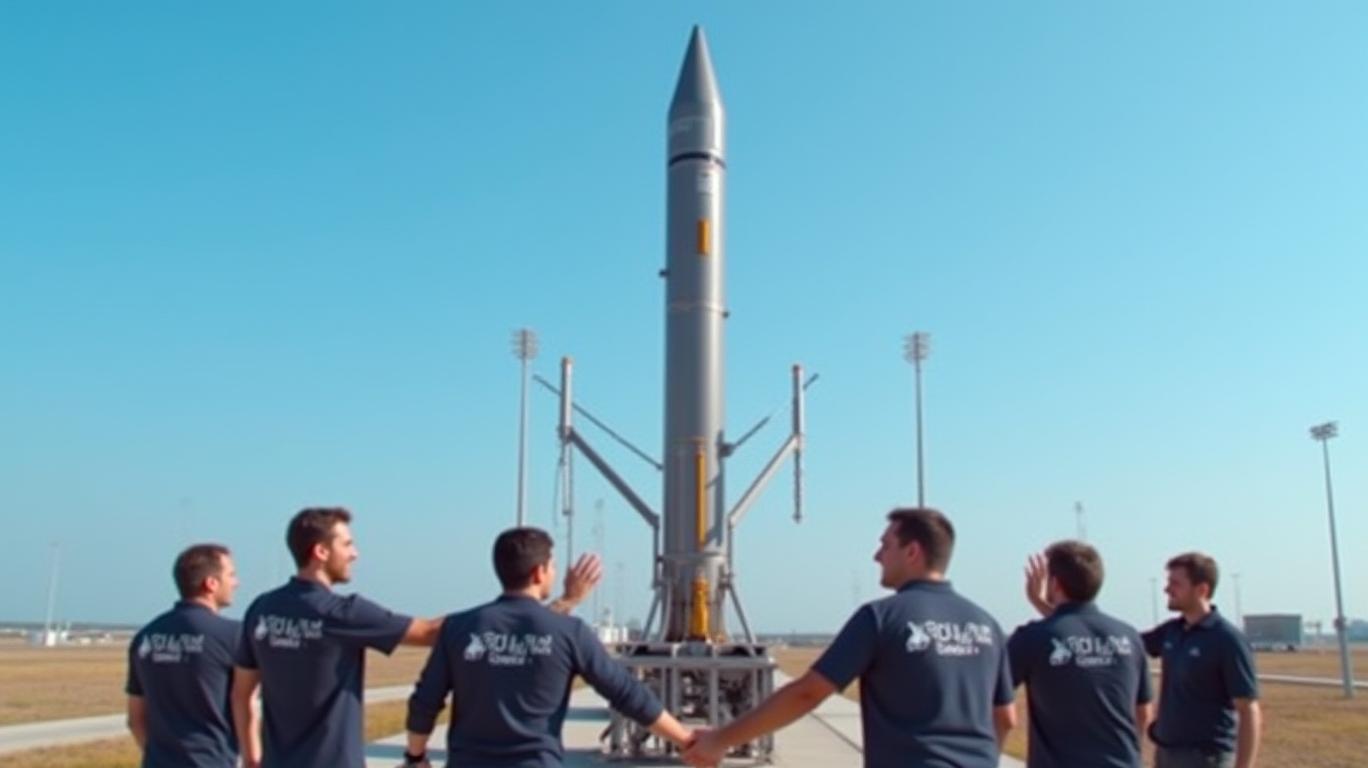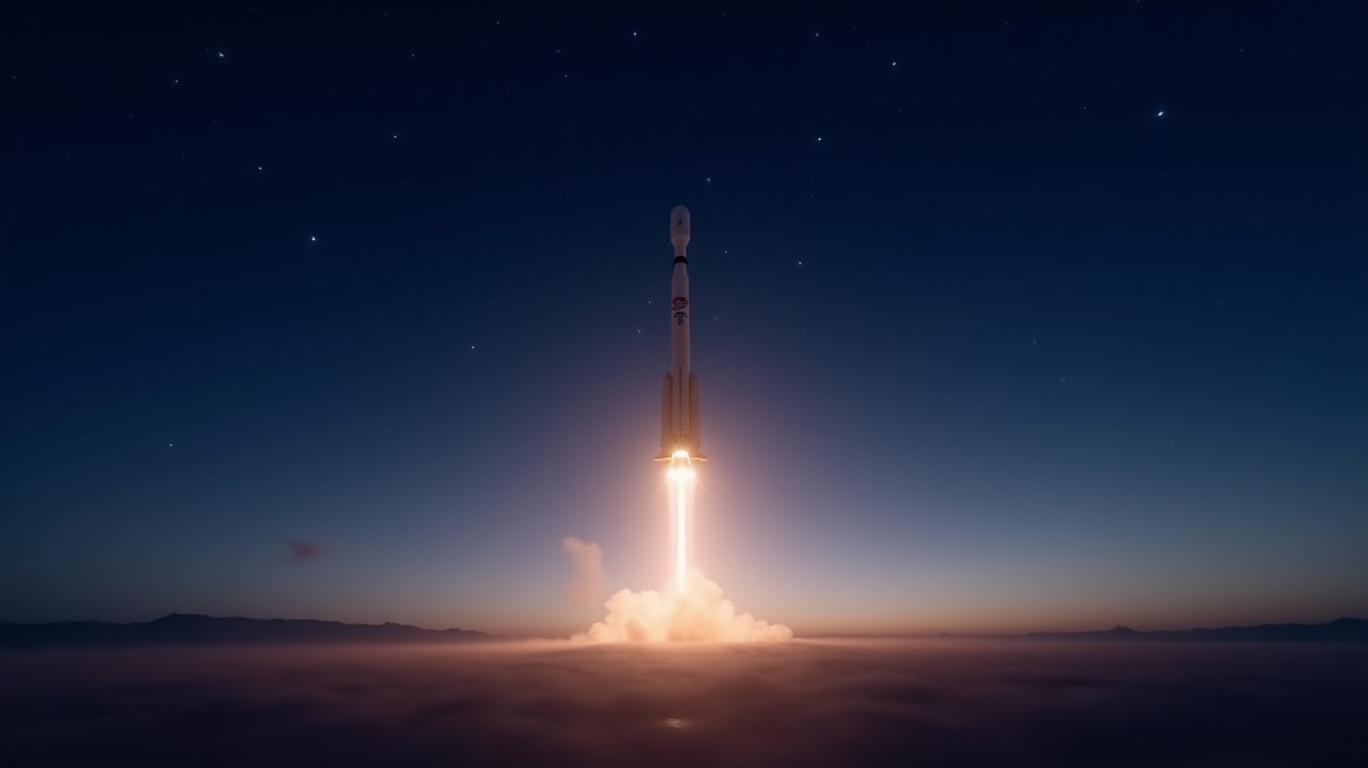Rocket Lab USA (NasdaqCM:RKLB) Rockets 12% In A Week After U.S. Space Force Selection
Rocket Lab USA (RKLB) has surged 12% over the past week, propelled by its historic selection for the U.S. Space Force’s National Security Space Launch (NSSL) Phase 3 program. The news underscores the company’s growing role in the defense and commercial space sectors, even as it navigates risks tied to competition and technical execution.

The Space Force Contract: A Game-Changer for Rocket Lab?
On April 7, Rocket Lab announced its qualification for the NSSL Phase 3, Lane 1 program, a $5.6 billion contract to bid on national security launches from June 2024 to 2029. Analysts estimate the company could secure 20% of this value—around $1.1 billion over five years—equivalent to an annual revenue boost of $220 million. This represents over half of Rocket Lab’s $395 million in 2023 revenue, positioning the firm as a critical player in the U.S. defense space ecosystem.
The stock’s 12% week-long rally (as of April 14, 2025) contrasted sharply with broader market volatility, including a 12% drop in the S&P 500 during the same period. Morgan Stanley’s upgraded price target to $20 and optimism around the Neutron rocket’s development further fueled investor confidence.
Momentum Beyond the Contract
Rocket Lab’s recent milestones have amplified its appeal. In late March, it successfully launched 25 satellites for IoT operator Kinéis, demonstrating its reliability in small-satellite missions. A partnership with Airbus to supply solar panels for 100 low-Earth-orbit satellites (LEO) also signals expanding commercial opportunities.
Meanwhile, the Neutron rocket—designed to carry heavier payloads than its Electron counterpart—is nearing its first orbital launch, tentatively scheduled for late 2025. While delays could test investor patience, success here would solidify Rocket Lab’s position in the medium-class launch market, currently dominated by SpaceX’s Falcon 9 and Blue Origin’s New Glenn.
Financials and Analyst Outlook
Despite a pre-tax loss of $52.3 million in 2023, Rocket Lab’s vertically integrated model and strategic acquisitions, such as laser-communications firm Mynaric, have drawn Wall Street’s favor. Analysts project a one-year average price target of $25.03, with 80% of estimates falling in the “Buy” or “Outperform” range.
However, Rocket Lab’s financial challenges remain stark compared to industry giants. SpaceX’s $8.4 billion in 2022 revenue dwarfs RKLB’s figures, and Blue Origin’s scale further highlights the competitive landscape.
Risks and Reality Check
The stock’s surge reflects high expectations, but risks loom large. Competitors like SpaceX and Blue Origin have flight-proven rockets, while Rocket Lab’s Neutron has yet to achieve orbital success. Technical setbacks or delays could erode investor confidence, especially if the NSSL contract’s revenue materializes slower than anticipated.
Additionally, the company’s reliance on government contracts introduces regulatory and geopolitical risks. While NSSL offers stability, it also ties Rocket Lab’s fate to U.S. defense spending cycles, which can be unpredictable.
Conclusion: A High-Reward, High-Risk Proposition
Rocket Lab’s inclusion in the NSSL program marks a pivotal moment, offering a potential $1.1 billion revenue tailwind and validation of its capabilities. The stock’s 12% weekly surge and analyst optimism reflect confidence in its Neutron rocket and strategic partnerships. However, investors must weigh this upside against execution risks, intense competition, and near-term financial losses.
With a Nasdaq Composite listing and a market cap of ~$2.2 billion, Rocket Lab remains a speculative play on the small-satellite and defense launch markets. For those betting on its long-term trajectory, the Neutron’s first orbital flight later this year will be a critical inflection point. But as Morgan Stanley’s $20 price target and the $25 consensus suggest, the market is already pricing in significant success. Investors should proceed with caution—this rocket’s ascent could either break the stratosphere or face a hard landing.










